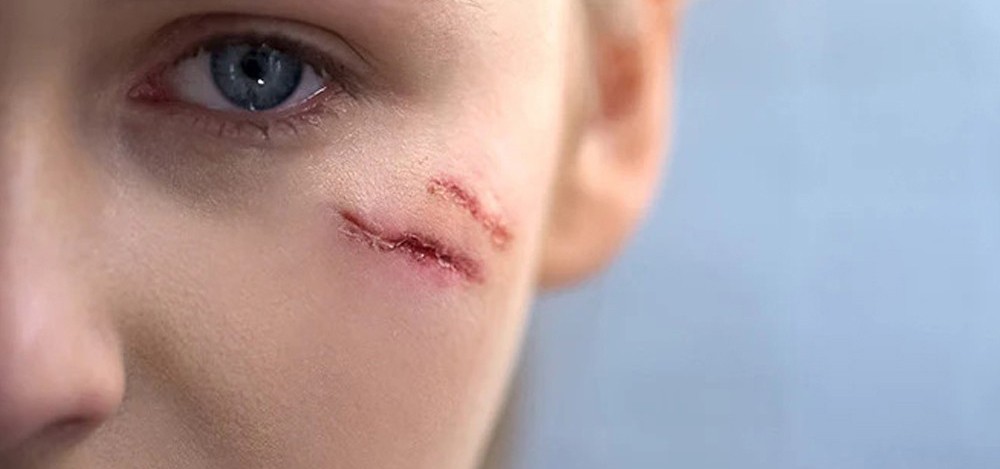
SCAR-REVISION
CONSULTATION
Scar Plastic Surgery in Bathinda :Erase the Past, Embrace Your Skin’s Future

Understanding Scar Revision Surgery in Bathinda:
Scar revision Plastic Surgery in Bathinda is a versatile procedure used to address various types of scars, including:
Hypertrophic Scars: Raised and often red or darker in color, hypertrophic scars can be improved through scar revision.
Keloid Scars: Keloids are thick, raised, and extend beyond the original injury site. Scar revision can reduce their size and appearance.
Atrophic Scars: These are sunken or pitted scars often seen with conditions like acne. Scar revision can help improve their texture.
Contracture Scars: Contracture scars, which result from burns, can tighten the skin and limit mobility. Scar revision can release the tension and improve function.
Surgical Scars: Surgical scars, including those from previous cosmetic procedures, can be refined and minimized through scar revision.
THE SCAR REVISION PROCEDURE
Anesthesia: Scar revision is typically performed under local anesthesia to ensure that you are comfortable and pain-free during the procedure.
Scar Reshaping: The surgeon will reshape the scar by removing excess tissue and repositioning it for a more natural appearance. In some cases, adjacent tissue or skin grafts may be used to improve the scar’s texture.
Suture Placement: Sutures are used to close the incisions, ensuring minimal scarring and a neat, discreet closure.
Recovery and Results:
Recovery after scar revision plastic surgery in Bathinda is generally straightforward. Patients may experience mild swelling and discomfort, which typically subsides within a few days to a week. Most individuals can resume their regular activities shortly after the procedure. The results of scar revision are noticeable immediately and continue to improve as healing progresses, helping patients regain their skin’s natural beauty.
Potential Risks and Considerations:
Scar revision is a low-risk procedure. Risks are minimal and may include infection or scarring. Choosing an experienced and board-certified plastic surgeon is essential to minimize these risks.
Choosing the Right Surgeon:
Selecting a skilled and experienced surgeon for scar revision is crucial for achieving the desired results. Look for a board-certified plastic surgeon with expertise in scar revision procedures. Research their qualifications and have a comprehensive discussion during the consultation to address any questions or concerns.
Scar revision surgery is a valuable solution for individuals looking to minimize the appearance of scars and enhance their self-confidence.

